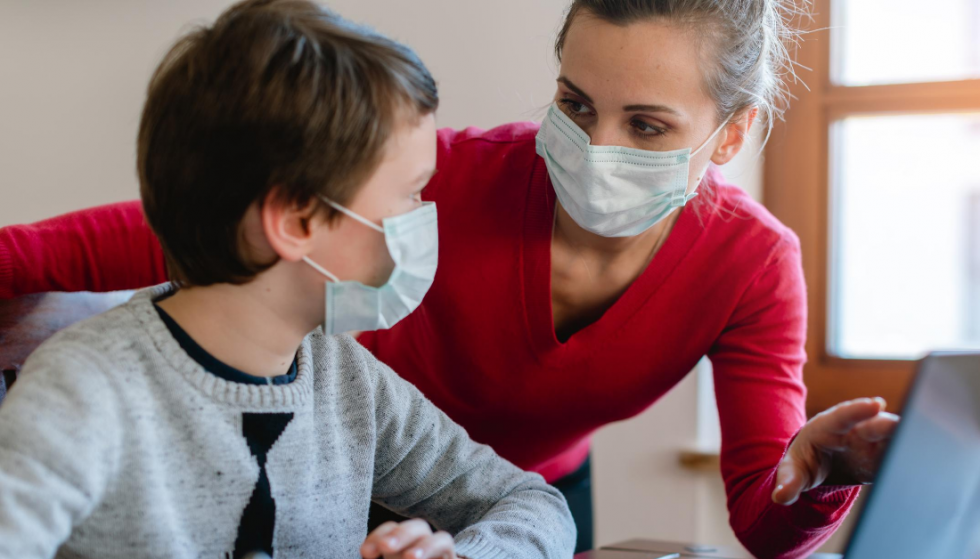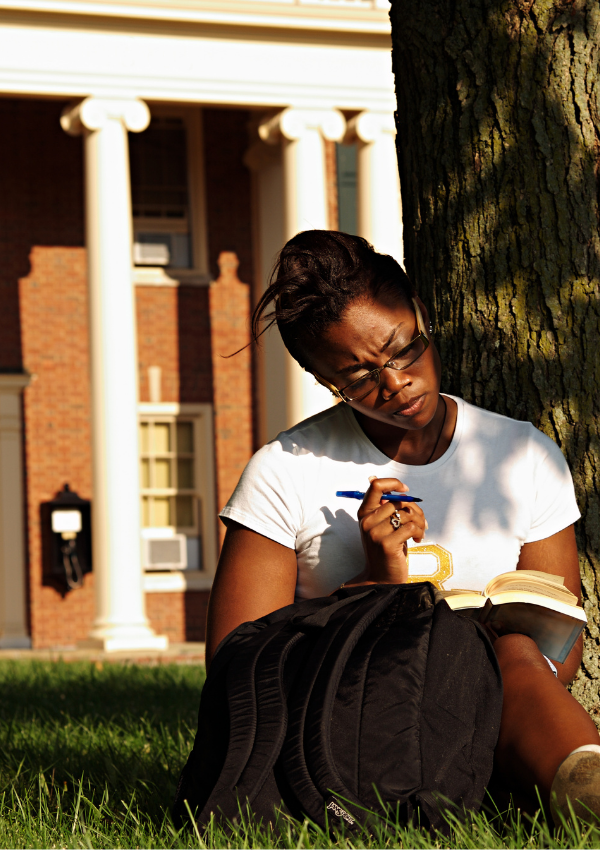COVID-19 Effects on the Teacher Workforce
In April, my mom called me with the news that my high school chemistry teacher, Mr. Metcalfe, who was rounding out his 42nd year of teaching, had died from COVID-19. I knew him from class, of course, but I also went to school with his son for 13 years and his family attended my grandparent’s church.
He was respected, loved and honored for his excellent teaching. His funeral was an all-day parade of cars through the high school parking lot, where community members waved and shouted condolences to his family. My mom said the cars stretched down the street for miles.
 As the school year started last
month in many states, so began a barrage of news stories:
re-opening plans changing daily, multiple issues with
distance and hybrid learning, technology failures, children and
teachers testing positive. In the last few weeks, child
COVID-19 case counts have increased by
90%. According to a
report from the American Academy of Pediatrics, as of
September 3 over 513,000 children have tested positive in
49 states. According to
EdWeek’s informal educator memorial, more than 400
educators have died of the virus.
As the school year started last
month in many states, so began a barrage of news stories:
re-opening plans changing daily, multiple issues with
distance and hybrid learning, technology failures, children and
teachers testing positive. In the last few weeks, child
COVID-19 case counts have increased by
90%. According to a
report from the American Academy of Pediatrics, as of
September 3 over 513,000 children have tested positive in
49 states. According to
EdWeek’s informal educator memorial, more than 400
educators have died of the virus.
The first concern of every parent and educator is, of course, the children. How do we keep them safe? How can we provide every child as much in-person learning as possible? How do we help with the trauma this pandemic has caused? As a mom, this is all I think about. But as a researcher helping our states improve teacher workforce policies, I’m also searching daily for answers to how this is affecting educators.
How many feel safe with the re-opening plans? How many are leaving the profession, or asking to work at home full-time because they’re at high risk? How many college students no longer want to become teachers? How are educators coping with the challenges of distance learning as well as their own trauma?
Teacher preparation programs must quickly rise to the challenge of keeping their students engaged with an increasing amount of distance learning, and of preparing teachers for an uncertain education landscape in the coming years.
A teacher in Kansas is asking some of the same questions. She recently began cataloging hundreds of news articles on how COVID-19 is affecting schools, students and teachers, marking case counts, school closures, quarantines, and deaths. Now, with the support of the NEA, her database links articles of school-related infections (students, staff or both) in 49 states.
 The good news? Some colleges are
reporting to our team that teacher preparation enrollment
increased for the 2020-21 school year. But schools must quickly
rise to the challenge of keeping their students engaged with an
increasing amount of distance learning, and of preparing teachers
for an uncertain education landscape in the coming years.
The good news? Some colleges are
reporting to our team that teacher preparation enrollment
increased for the 2020-21 school year. But schools must quickly
rise to the challenge of keeping their students engaged with an
increasing amount of distance learning, and of preparing teachers
for an uncertain education landscape in the coming years.
The bad news is that state survey data shows increased early retirements and many younger teachers leaving the profession, possibly for good. Typically, teacher turnover each year is about 8% nationally. Early analyses show thousands of teacher layoffs over the last several months, and state budget cuts could lead to an additional 8.4% loss of teaching positions.
Teacher job postings are down, substitutes are nearly impossible to come by in many places, and every state in the SREB region already had a critical teacher shortage in three subjects or more. As with the Great Recession, these kinds of losses could severely worsen the teacher shortage crisis in states for years to come.
Articles describe families and neighbors forming learning pods to share the work of at-home learning, and we don’t yet know how many teachers will leave school-based jobs to be pod teachers — or how this will affect school enrollment and budget allocations.
How many teachers feel safe with the re-opening plans? How many are leaving the profession, or asking to work at home full-time? How many college students no longer want to become teachers?
Some states, like Georgia, Florida and Tennessee, are moving away from planned teacher raises, and teacher pensions are in danger. The Great Recession brought pay cuts in nearly every state in many, teacher pay has still not recovered to pre-recession levels. Will states learn from the last decade and reallocate general funds to education to prevent mass cuts?
Almost every state has temporarily waived teacher licensure requirements or lengthened the time it takes to renew certifications, to prevent teachers losing licenses due to the shutdown. Some states are going further and permanently doing away with certain licensure requirements. In Alabama, for instance, Praxis Core is no longer required, and Georgia reversed course on edTPA testing.
Other states are considering shifting licensure from the current inputs-based measures toward certifying and compensating teachers based on competencies and outcomes. These systemic changes would include more pathways to licensure, better supports for teachers early in their career, and advanced teaching roles.
SREB is helping states with these policy ideas, with the goal of removing barriers to teaching and keeping quality educators in the classroom. Now may be the perfect time to rethink these systems, just as many are discussing other changes to traditional education: a move to year-round schooling, outdoor classrooms, new funding models.
Mr. Metcalfe might barely recognize some of the changes COVID-19 is bringing to education. But it’s our job to make sure he would recognize the quality teaching and engaged learning we continually strive for in all of our region’s schools.
We will continue to track trends in P-12 and higher education and keep working to help education leaders and policymakers think ahead to preserve one of society’s most valuable resources — our teacher workforce.

